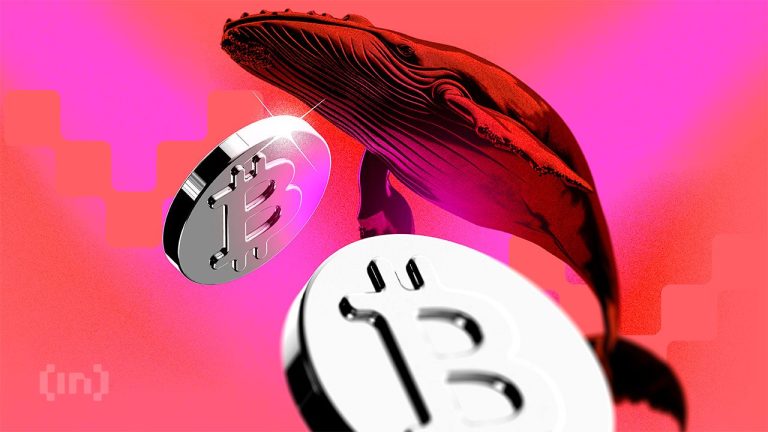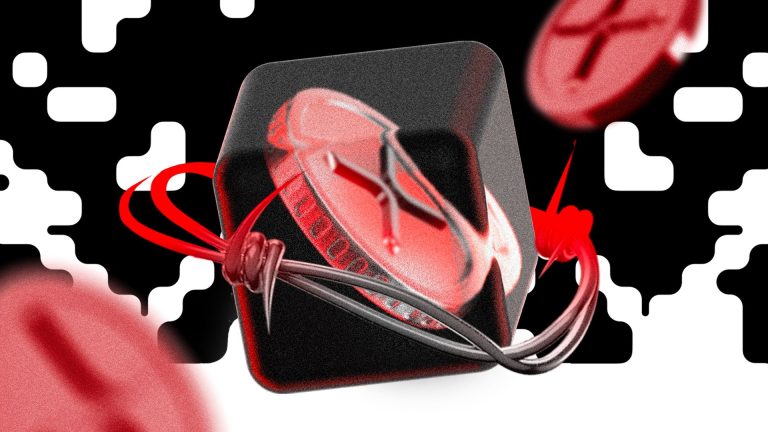
Ethereum’s Innovative Solution: Interoperability Layer
The blockchain ecosystem is evolving, and Ethereum is once again at the forefront with a groundbreaking initiative: the Ethereum Interoperability Layer (EIL). Designed to unify the fragmented Ethereum network, this innovation promises to create a seamless user experience across Layer 2 (L2) chains.
Currently, Ethereum users face significant challenges, including scattered networks, disconnected Layer 2 scaling solutions, and complex processes for managing tokens or establishing wallet connections. With EIL, Ethereum aims to eliminate these pain points by introducing a unified system that allows any Ethereum L2 to communicate and interact seamlessly with another L2. No more juggling bridges or worrying about which chain you’re connected to—just a streamlined experience that focuses on simplicity and efficiency.
What Makes the Ethereum Interoperability Layer Special?
The Ethereum Interoperability Layer is built on Ethereum’s core values, including self-custody, censorship resistance, open-source development, and privacy. The rollout will occur gradually, starting with standardizing communication across different L2s. Over time, EIL will enable real-time, trust-minimized interactions between networks without compromising Ethereum’s decentralized structure.
Imagine using decentralized apps (dApps) without worrying about technicalities like bridge connections or fragmented assets. With EIL, Ethereum is striving to create a singular, unified experience while retaining all the trustless, open-source principles that underpin blockchain technology.
Implications for Ethereum Users and Developers
For users, EIL could mark the end of fragmented token balances and disconnected user experiences. Developers across Ethereum can build apps with the assurance that their tools will be interoperable with any L2, fostering innovation through composability—where apps can seamlessly work together.
For example, decentralized finance (DeFi) users will no longer worry about moving assets between L2s, while gamers in blockchain-based ecosystems will benefit from unified token systems between projects. Overall, the move enhances Ethereum’s viability for Web3 applications, further solidifying its position as the leading blockchain for decentralized solutions.
A Boost for the Ethereum Ecosystem
Ethereum’s step toward unification represents a bullish signal for its primary token, ETH. However, for existing L2 tokens, the increased interoperability could dilute their individual valuation metrics, such as Total Value Locked (TVL) or unique usage cases. Regardless, this is a significant milestone in improving user experience and driving adoption of decentralized technologies.
Enhance Your Ethereum Experience
Are you ready to explore Ethereum’s future? Enhance your blockchain experience with the MetaMask Wallet, the leading decentralized wallet for managing ETH, L2 tokens, and NFTs in a secure environment.
Final Thoughts
The Ethereum Interoperability Layer sets the stage for a future where interacting with blockchain feels as intuitive as using any mainstream application. This development could redefine Ethereum’s identity, transforming the ecosystem into a unified, user-friendly network that works seamlessly in the background. The future of Web3 just got much brighter.



